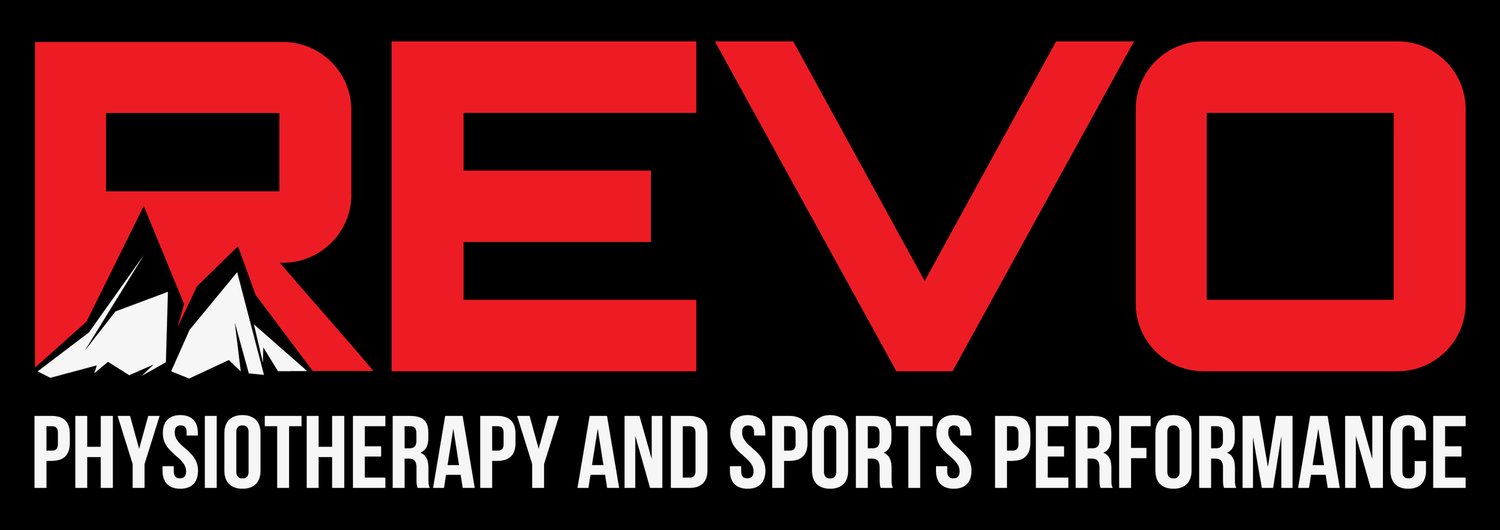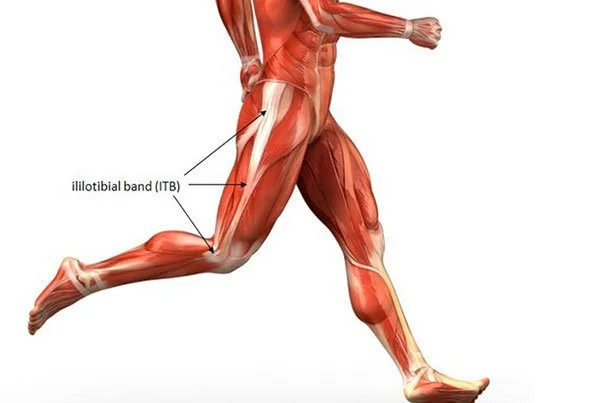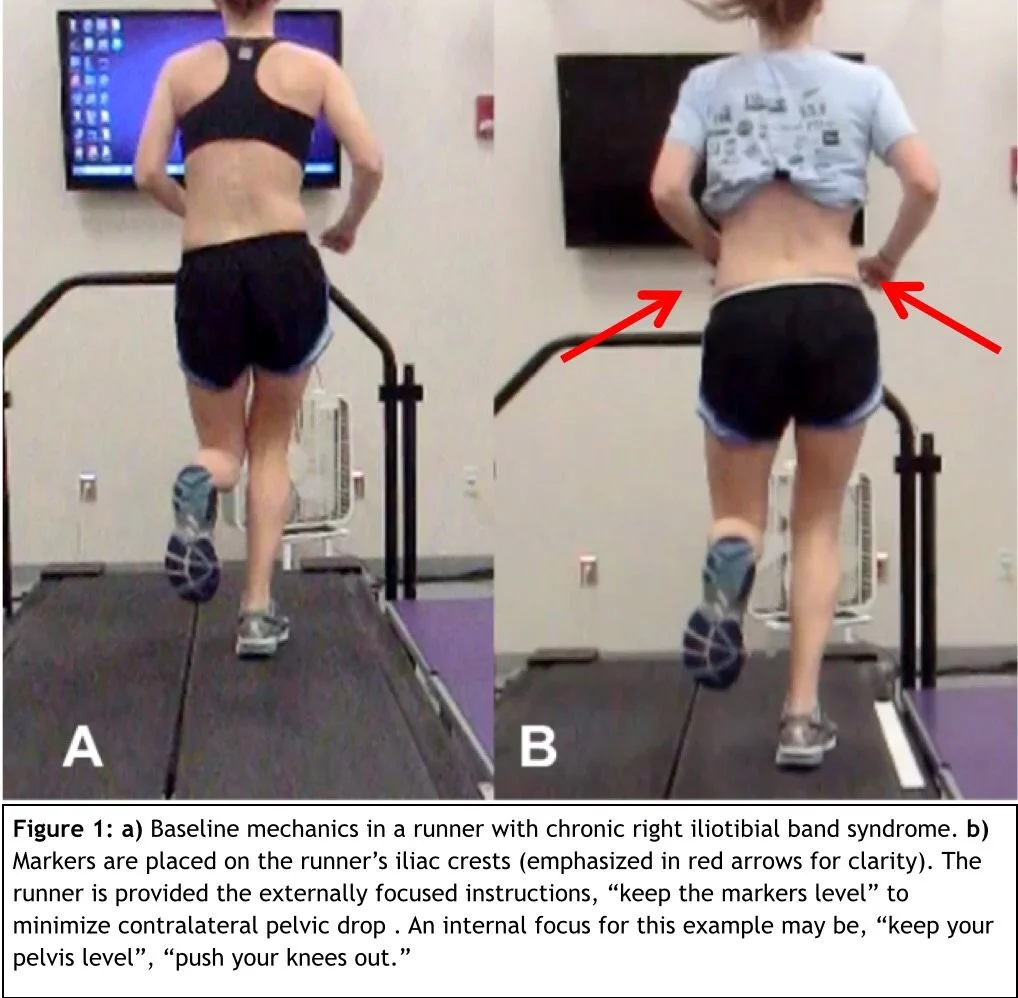Please, stop stretching and rolling your IT band.
Runners, cyclists, hikers, humans, you can finally stop "stretching" and foam rolling your IT bands because I am here to tell you it's not needed. I saw another athlete today who had been advised to stretch and roll her IT band for the last 6 months or so and was still not any better. No more. You do not need to endure the torture of rolling your IT band after every run or ride.
Let's do a review of the anatomy so we are speaking the same language. The IT band or iliotibial band, runs from the crest of your lateral hip to just below the knee joint. It is comprised of fascia, a noncontractile connective tissue. An example of a contractile tissue would be muscle. It is meant to contract and relax. The IT band does not change length in the same way your muscles do.
The most common site of IT band pain is at the lateral knee but it can also irritate the lateral hip.
image source, athletico.com
Traditionally, foam rolling on your painful IT band or stretching movements are advised. If you have ever foam rolled your IT band you know how much it hurts. Big picture here, this structure is in place for stability of the lower leg. It provides a stable platform when walking and running. Newer research would argue and say stability alone is not its only place but the structure also recycles energy during walking and running. Almost like a spring. That debate aside, the IT band does not respond well to stretching or hammering on it with foam. The fascia may be pissed off but in the same way I would not advise you to stretch your irritated hamstring I cannot advise stretching your irritated IT band. Not only will this be painful but we know this structure is not dynamic like muscle tissue. Why try to lengthen it?
Perhaps a whole new approach is needed. I prefer to look for the root cause of the pain site, it may be upstream or downstream from the symptomatic area. In most cases the way in which you move causes this stress at the lateral knee. Here at RevoPT I generally see a combination of pelvic drop and medial collapse at the knee during single leg stance.
image source, East Carolina Biomechanics Lab, Rich Willy
As the pelvis drops and the knee moves inward the IT band is placed on high tension. Adding velocity and volume to the equation leads to pissed off tissue. Instead of hammering on that tissue address the root cause, the way you move.
Glute medius and maximus are able to help control both pelvic drop and medial collapse at the knee. Skaters and monster walks work really well to both activate and strengthen these muscles. Practicing a controlled shock absorption strategy also helps stop pelvic drop and medial collapse. Focusing on exaggerated forward trunk lean in the shock absorption phase allows increased glute group activity. By retraining your brain to help you correct faulty movements you stand the best chance of having these become habit and ending your IT band pain for good.
Happy running, riding, hiking!
Active shock absorption practice. Focus on level belt, knee on top of the foot and a forward trunk lean similar to a squat. An exaggerated absorption of energy is good here, don’t land with a stiff leg or a loud sound. Soft landing and springy leg is ideal.
You still may need some rolling help. Not by rolling the ITB of course, but by rolling surrounding tissue you can get some relief. Here are a few of my good to spots to hit with the foam roller, or the lacrosse ball if you are serious.




